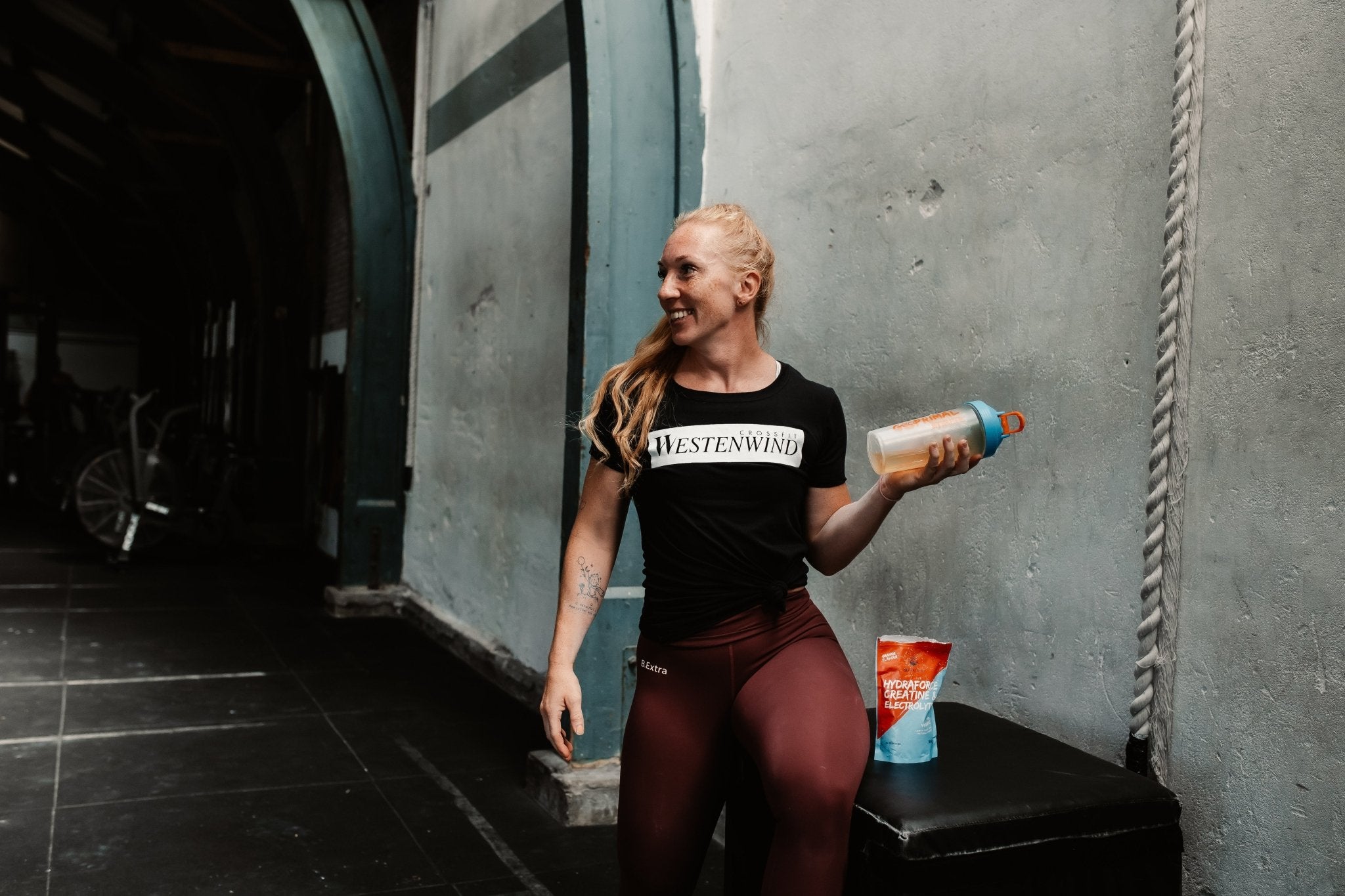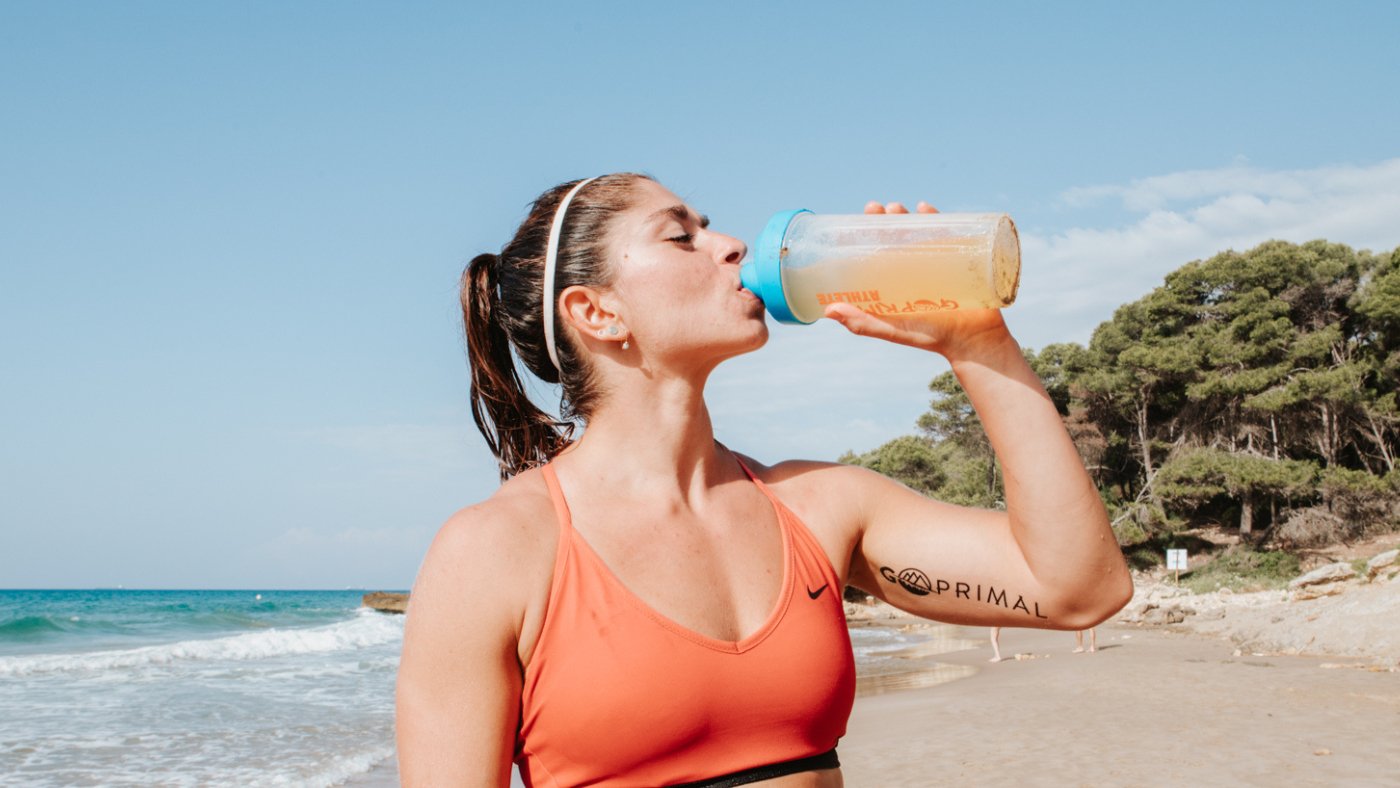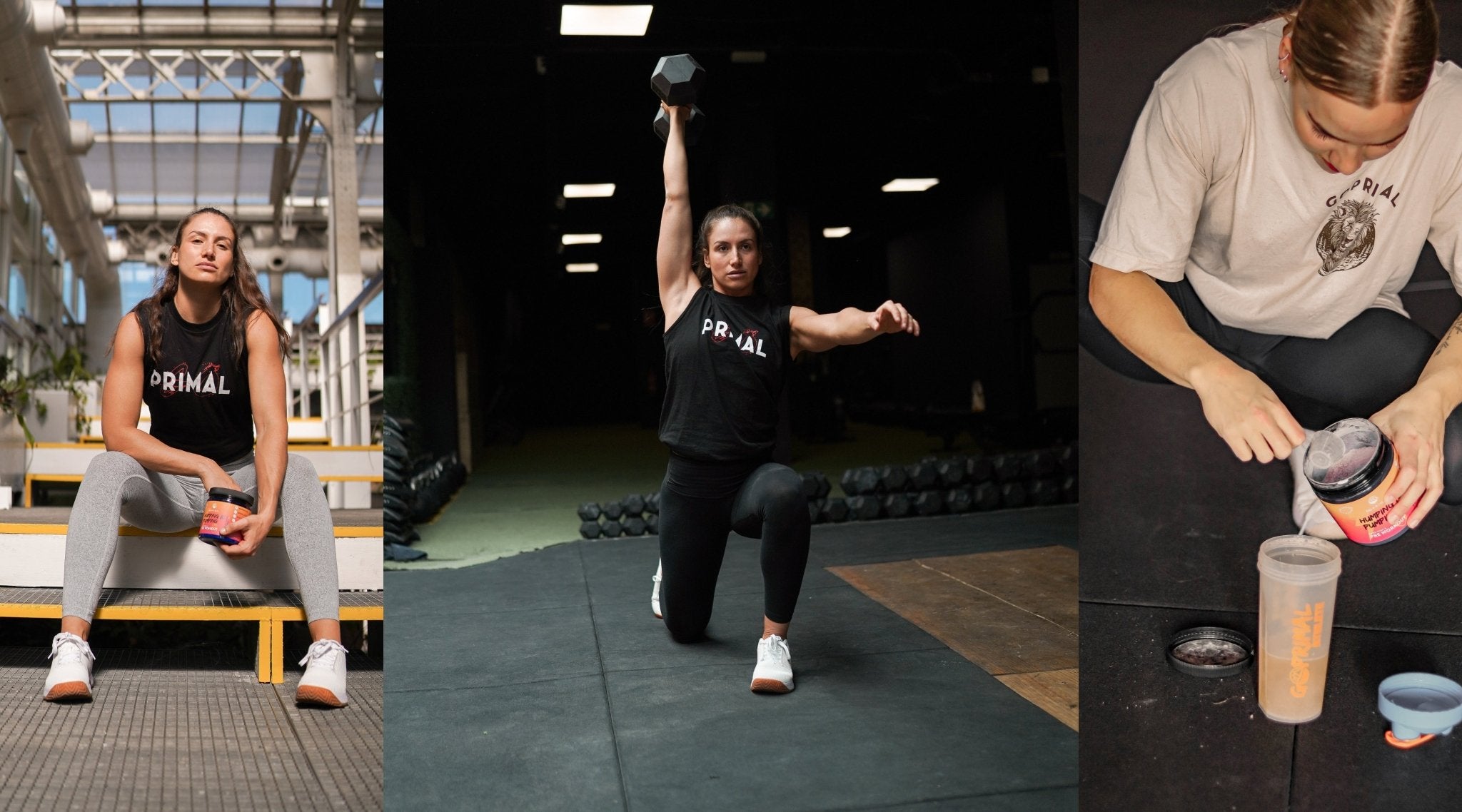
Hydration Strategies for your Summer Workouts
In this edition, we're focusing on athletes like you, who strive to push boundaries and achieve greatness. Get ready to make the most out of your workouts with these tips!
Understanding the risks
Training in hot weather presents unique risks, and staying adequately hydrated becomes even more crucial. Dehydration and heat-related illnesses can take a toll on your performance and well-being. Understanding these risks empowers you to take the necessary precautions.
When temperatures rise, your body's fluid and electrolyte balance can be easily disrupted. Increased sweat rates lead to the loss of essential fluids and electrolytes, putting you at risk of dehydration. Recognizing the signs of dehydration and heat-related distress is crucial to staying safe and performing optimally.
Sweat Rates for Personalized Hydration
As the summer heat intensifies, it's crucial to understand how to adapt your hydration strategy for hot weather workouts. Let's start by understanding your sweat rate, a key factor in personalizing your hydration plan.
Have you ever wondered why some athletes seem to require more hydration than others during a workout? The answer lies in understanding your sweat rate. By determining how much fluid you lose through sweat, you can tailor your hydration plan to replenish what your body needs precisely.
Follow these steps to measure your sweat rate:
- Weigh yourself before and after your training session to calculate the difference
- Convert this weight loss to milliliters (ml) by considering that 1 kilogram (kg) is roughly equivalent to 1 liter (L) or 1,000 ml
- Divide the total fluid loss in ml by the duration of the activity in hours to calculate your hourly sweat rate (ml/h)
- Estimate how much fluid you need to consume during physical activity to replace the lost fluids and maintain proper hydration. It's generally recommended to aim for fluid replacement equal to 100-150% of your sweat rate. Remember to consider factors such as body size, fitness level, and environmental conditions when interpreting your sweat rate.
Now that you have a deeper understanding of your sweat rate and its importance in maintaining proper hydration, let's explore practical strategies, fluids and foods to maximaze performance.
Hydration Timing: Preparing, Performing and Recovery
When it comes to conquering hot weather workouts, timing is everything. Let's dive into a comprehensive plan that will keep you ahead of dehydration throughout your training.
- Pre-Workout Preparation:
- Hydrate well in advance, at least two hours before your workout, to ensure your body is well-hydrated from the start.
- Aim to consume fluids containing electrolytes and carbohydrates to support optimal hydration and energy levels.
- During Your Workout:
- Sip fluids at regular intervals rather than gulping large amounts at once to optimize hydration and prevent discomfort.
- Listen to your body's signals and drink when you're thirsty, but don't wait until thirst becomes overwhelming.
- Post-Workout Recovery:
- Refill the fluids you've lost during exercise to restore hydration levels.
- Consume fluids and electrolyte-rich foods, and don’t forget to take magnesium to support the recovery process.
Synergy between Hydration and Nutrition
When it comes to endurance performance, hydration and nutrition go hand in hand. Properly fueling your body with the right nutrients enhances your hydration retention and overall performance.
- What to Eat:
-
Hydrating foods, such as watermelon, cucumbers, oranges, and strawberries.
These fruits and vegetables have high water content and contribute to your overall hydration. -
Whole grains like quinoa, brown rice, and oats.
These provide a steady release of energy and contain fiber, which helps regulate water balance in your body. -
Foods rich in electrolytes, such as bananas (potassium), leafy greens (magnesium), and coconut water (sodium and potassium).
Electrolytes play a crucial role in maintaining fluid balance and supporting hydration. - What to Drink:
- Water: Stay hydrated by drinking water throughout the day. Hydration is a crucial component of endurance performance.
- Electrolyte-rich fluids: When engaging in intense or prolonged exercise, consider hydrating with beverages that contain electrolytes. These essential minerals, like those found in HydraForce, help refill what your body loses during endurance activities.
Our solution?
HydraForce is the most affecting functional and isotonic drink. The synergetic effect of creatine, electrolytes and vitamins provide the perfect hydration for sports. Not only that, the refreshing orange flavour tastes great and you will feel hydrated after the first sip.
Carbs & Electrolytes is our superior endurance formula created with low complex carbohydrates (Cluster Dextrin®) and electrolytes to help fuel, hydrate, and boost your performance during training sessions. either endurance or long workouts. The combination of electrolytes and complex carbs provide a slow release of energy without spiking your glycemic index and replenishing your salts and minerals lost while sweating.
Recover & Regenerate contains a synergistic blend of Magnesium, Zinc, and Vitamin B6 to support your body's recovery and regeneration process. Magnesium and Zinc work together to prevent lactate accumulation in the muscles, reducing stiffness and the risk of muscle cramps during and after training. Additionally, Magnesium helps regulate Zinc levels in the body, while Zinc allows for efficient Magnesium absorption. With the Recover & Regenerate capsules, you can replenish these essential minerals and support your body's recovery for optimal performance.
Scientific references:
Baker, L. (2017, March 22). Sweating Rate and Sweat Sodium Concentration in Athletes: A Review of Methodology and Intra/Interindividual Variability. Retrieved from https://www.ncbi.nlm.nih.gov/pmc/articles/PMC5371639/


